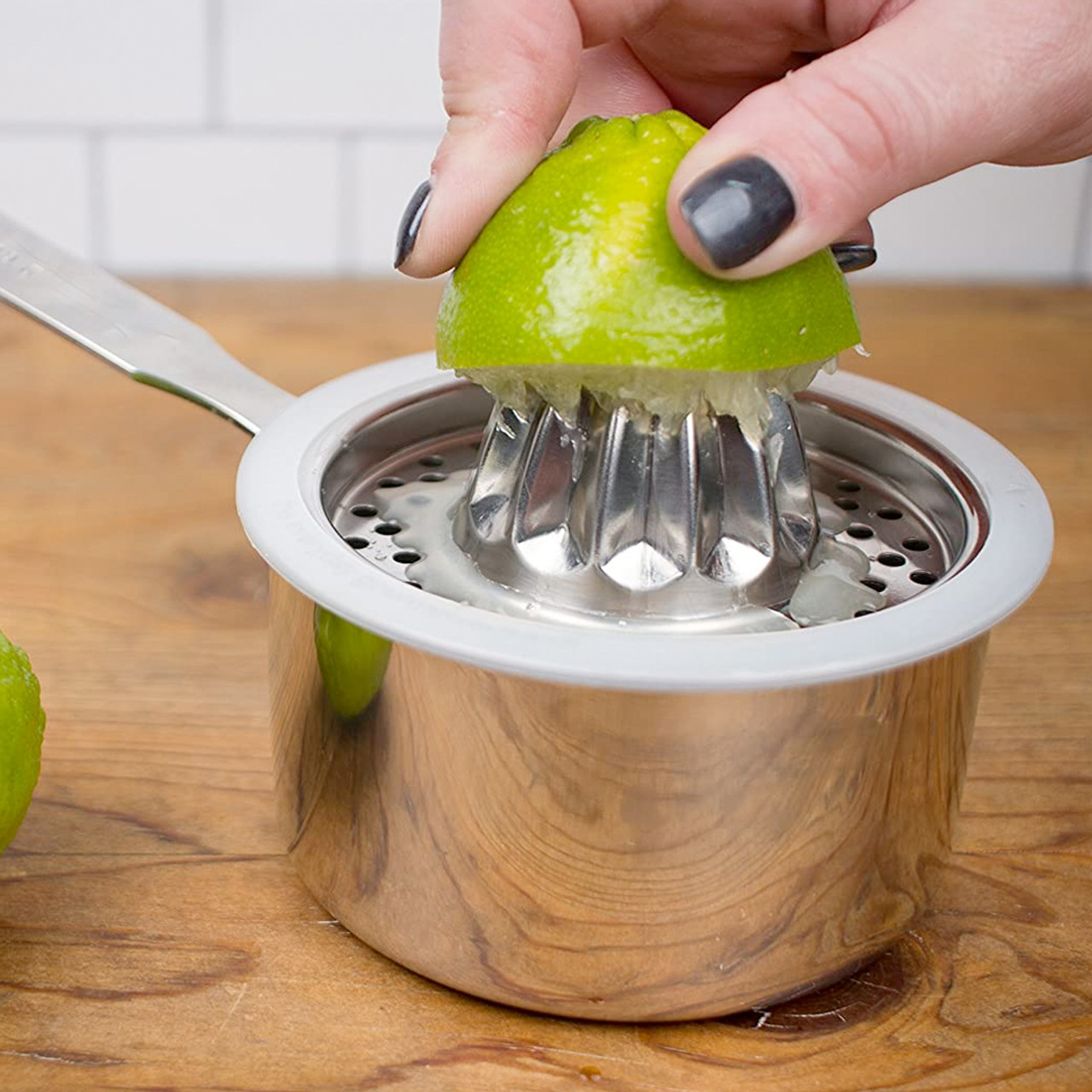

Articles
When Was The First Citrus Juicer Invented?
Modified: February 21, 2024
Discover the fascinating history of citrus juicers and learn about the invention of the first one. Read more in our informative articles about this innovative kitchen tool.
(Many of the links in this article redirect to a specific reviewed product. Your purchase of these products through affiliate links helps to generate commission for Storables.com, at no extra cost. Learn more)
Introduction
Citrus fruits, known for their vibrant colors and tangy flavors, have long been a favorite ingredient in various cuisines and beverages. Whether it’s a freshly squeezed glass of orange juice to start your day or a zesty lemonade to quench your thirst on a hot summer day, the juice of citrus fruits adds a refreshing and invigorating touch to our lives. But have you ever wondered when the first citrus juicer was invented?
In this article, we will take a journey through time and explore the fascinating history of citrus juicing. From ancient methods of extracting citrus juice by hand to the invention of the first citrus juicer, we will uncover the evolution and innovation that has revolutionized the way we enjoy citrus fruits.
Join me as we delve into the past and discover the origins of citrus juicing methods that have endured for centuries. Let’s explore the early attempts to extract every last drop of precious citrus juice and witness the transformation of this process into a convenient and efficient technique that we know today.
Whether you’re a citrus enthusiast, a history buff, or simply curious about the evolution of kitchen appliances, this article will provide you with a comprehensive understanding of the development of citrus juicers. So, without further ado, let’s embark on this journey through time and unravel the story of the first citrus juicer.
Key Takeaways:
- The invention of the first citrus juicer by Camillo Torello in the 16th century revolutionized juice extraction, leading to modern electric juicers with features like variable pulp control and easy cleaning.
- The popularization and commercialization of citrus juicers made freshly squeezed citrus juice accessible to homes and businesses, enhancing culinary experiences and promoting a healthy lifestyle.
Read more: When Were Heated Floors First Invented?
The History of Citrus Juicing
Citrus fruits have been cultivated for thousands of years, with their origins traced back to ancient civilizations in Asia. As these fruits gained popularity and spread to other parts of the world, people sought ways to extract the juice from them for consumption. The history of citrus juicing is a testament to human creativity and resourcefulness in finding methods to enjoy the flavors and benefits of these fruits.
In ancient times, the most common method of extracting citrus juice was the manual squeezing of the fruit. Ancient Egyptians, Greeks, and Romans utilized this technique, using their hands or simple tools like reed straws or pressing stones to crush the fruit and release its juice. This method, while effective, required significant physical effort and time.
Over time, creative minds began to develop more efficient methods of extracting citrus juice. In ancient Rome, a unique device called the “siphon” was invented. The siphon comprised a narrow tube inserted into the fruit, with the other end connected to a receptacle. By compressing the fruit, the juice would flow through the tube and into the container.
Another notable development in the history of citrus juicing was the invention of the citrus press. This invention, attributed to Camillo Torello, an Italian painter, and engineer, came about in the 16th century. The citrus press consisted of a bowl with ridged walls and a hinged lever that would press the fruit against the ridges, extracting the juice. This invention marked a significant advancement in terms of efficiency and convenience.
As the demand for citrus juice grew, especially during the Age of Exploration, more sophisticated juicing devices were created. In the late 18th century, a French inventor named Nicolas Appert introduced a steam-powered juicer. This invention automated the juicing process, making it faster and easier to extract the juice from citrus fruits.
In the 19th century, the industrial revolution brought about further advancements in citrus juicing technology. Mechanical juicers were introduced, such as the hand-cranked and lever-operated juicers. These inventions revolutionized the juicing process, making it accessible to a wider audience and significantly reducing the effort required.
With the advent of electricity in the 20th century, electric citrus juicers became the norm. These appliances provided convenience and efficiency, allowing users to extract juice with minimal effort. Nowadays, there is a wide range of citrus juicers available in the market, including manual, electric, and even automatic juicers that can process large quantities of citrus fruits.
The history of citrus juicing is a testament to human ingenuity and our desire to enjoy the flavors and benefits of citrus fruits. From ancient civilizations to modern-day technology, the evolution of citrus juicers has made it easier for us to relish the goodness that these fruits offer. As we continue to innovate and refine our juicing techniques, one thing is certain – the joy of freshly squeezed citrus juice will always hold a special place in our hearts and kitchens.
Ancient Methods of Extracting Citrus Juice
In ancient times, when sophisticated juicing appliances were not yet available, people relied on various innovative techniques to extract citrus juice. Let’s explore some of the ancient methods used to squeeze every last drop of juice from these flavorful fruits.
One of the earliest methods of extracting citrus juice was the manual squeezing of the fruit. Ancient Egyptians, Greeks, and Romans employed this technique by using their hands to apply pressure and crush the fruit, releasing its juice. Some would roll the fruit on a hard surface to break the cell walls and facilitate the flow of juice. This method required patience and physical effort, but it allowed people to enjoy the natural flavors of citrus.
To make the process of extracting citrus juice a little easier, ancients also used tools such as reed straws. These straws were inserted into the fruit, allowing the juice to flow through and be directed into a container. This method not only saved the squeezee from getting juice all over their hands, but it could also be used to extract juice discreetly without spilling a drop.
Another ancient technique involved the use of pressing stones. These stones were shaped and smoothed to fit comfortably in the hand while applying pressure to the fruit. By pressing the stone onto the fruit and twisting it, the juice would be squeezed out and collected in a container. This method allowed for more control and precision in extracting the juice.
In ancient Rome, another method known as the “siphon” was invented. This unique device consisted of a narrow tube that was inserted into the fruit. The other end of the tube was connected to a receptacle. By compressing the fruit, either with the hand or with a pressing tool, the juice would flow through the tube and into the container. The siphon provided a more efficient way to extract citrus juice, minimizing waste and maximizing yield.
As civilizations advanced, so did their methods of extracting citrus juice. In the 16th century, the invention of the citrus press brought about a significant improvement in juicing techniques. This press featured a bowl with ridged walls and a hinged lever. By placing the fruit in the bowl and pressing the lever down, the ridges would extract the juice while separating it from the pulp and seeds. The citrus press marked a major leap forward in terms of efficiency and convenience.
These ancient methods of extracting citrus juice demonstrate the ingenuity and resourcefulness of our ancestors. Despite the lack of modern appliances, they found creative ways to savor the delightful flavors of citrus fruits. From manual squeezing and using reed straws to the invention of the citrus press, these techniques served as the foundation for the juicing methods we know today. As we continue to enjoy the convenience of modern citrus juicers, let us appreciate the wisdom and innovation of those who came before us.
The Invention of the First Citrus Juicer
The invention of the first citrus juicer marked a significant turning point in the history of citrus juicing. This revolutionary device made it easier than ever before to extract the precious juice from citrus fruits. Let’s delve into the story behind the invention and the impact it had on the way we enjoy citrus juice today.
The credit for the invention of the first citrus juicer goes to Camillo Torello, an Italian painter, and engineer. In the 16th century, Torello came up with a brilliant idea to create a device specifically designed to extract juice from citrus fruits. This invention, known as the citrus press, brought about a major leap forward in juice extraction techniques.
The citrus press consisted of a bowl-shaped receptacle with ridged walls and a hinged lever that operated a pressing mechanism. To extract the juice from a citrus fruit, such as an orange or a lemon, one would place the fruit in the bowl, close the lever, and apply pressure. The ridges on the walls of the bowl would crush the fruit, extracting the juice while separating it from the pulp and seeds.
This invention was a game-changer when it came to citrus juicing. The citrus press not only simplified the process but also increased efficiency and productivity. It allowed for the extraction of a larger quantity of juice in a shorter amount of time, making it a valuable tool for both domestic and commercial use.
The popularity of the citrus press quickly spread across Europe, becoming a staple in kitchens and taverns. People could now enjoy freshly squeezed citrus juice with ease, enhancing their culinary experiences and quenching their thirst. The citrus press became a symbol of convenience and practicality, revolutionizing the way citrus juice was extracted and consumed.
The invention of the citrus press didn’t just improve the process of juicing citrus fruits; it also had an impact on other areas of society. The increased availability of citrus juice led to advancements in the field of nutrition and medicine. With a more efficient method of extracting juice, the potential health benefits of citrus fruits became more accessible to a wider population.
As time went on, the design and functionality of citrus juicers continued to evolve, thanks to the innovative spirit of inventors and engineers. Today, we have a variety of citrus juicers available, ranging from manual handheld presses to electric juicers with advanced features. These modern appliances have taken the concept of the citrus press to new heights, making it even easier for us to enjoy the flavors and nutrients of citrus fruits.
The invention of the first citrus juicer forever changed the way we extract and enjoy citrus juice. From the humble beginnings of the citrus press to the sophisticated juicers of today, this invention has paved the way for convenience, efficiency, and the delight of freshly squeezed citrus juice. Let us raise a glass to the ingenuity of Camillo Torello and the countless inventors who have contributed to the evolution of citrus juicers throughout history.
The first citrus juicer was invented in the late 18th century by a man named John Mason. He created a simple hand-held device that could efficiently extract juice from citrus fruits.
Early Improvements and Modifications to Citrus Juicers
After the invention of the first citrus juicer, inventors and engineers continued to make improvements and modifications to enhance the functionality and efficiency of these devices. Over time, creative minds found innovative ways to extract juice from citrus fruits more effectively and conveniently. Let’s explore some of the early improvements and modifications that shaped the evolution of citrus juicers.
One of the notable advancements in citrus juicers came in the form of lever-operated presses. In the early stages of juicer development, the lever was operated manually, requiring physical effort to exert pressure on the fruit. However, inventors soon realized that adding mechanical assistance could make the process easier and more efficient. This led to the invention of lever-operated presses with gears, springs, or even hydraulic mechanisms. These improvements allowed for greater control and increased juice extraction.
In the late 18th century, a French inventor named Nicolas Appert introduced a steam-powered citrus juicer. This innovation automated the juicing process, making it faster and easier for users. The steam-powered juicer utilized the power of steam to apply pressure to the fruit, forcing the juice out and separating it from the pulp. This invention revolutionized citrus juicing by eliminating the need for manual effort and significantly reducing the time required to extract juice.
With the advent of the industrial revolution in the 19th century, mechanical advancements accelerated the development of citrus juicers. Hand-cranked juicers emerged during this time, allowing users to operate the juicer with a simple rotation of a handle. These mechanical juicers provided a more efficient and convenient way to extract juice compared to previous manual methods. The hand-cranked juicers were a popular choice in homes and businesses, facilitating the widespread consumption of citrus juice.
In the early 20th century, electric citrus juicers were introduced. These appliances revolutionized the juicing experience by eliminating the need for manual labor. Electric citrus juicers featured a motorized reamer or cone that automatically rotated, pressing the fruit against it to extract juice. This innovation made juicing effortless, allowing the user to simply place the fruit on the reamer and let the machine do the work. Electric citrus juicers quickly gained popularity and became a common sight in households and commercial establishments.
Furthermore, as advancements in materials and technology continued, citrus juicers became more durable, efficient, and aesthetically pleasing. Stainless steel components replaced older materials, offering longevity and ease of cleaning. Citrus juicers also began to feature additional features such as adjustable pulp control, multiple cone sizes for different fruit sizes, and even automatic citrus feeders that could handle large quantities of fruit.
The early improvements and modifications to citrus juicers paved the way for the development of more sophisticated and user-friendly appliances we have today. These advancements have made juicing citrus fruits more accessible, convenient, and enjoyable for everyone. From lever-operated presses to steam-powered and electric juicers, each innovation contributed to refining the juicing process and enhancing the overall user experience.
As we appreciate the modern citrus juicers that effortlessly extract juice with precision and speed, let us not forget the early improvements and modifications that set the stage for their development. The ingenuity and determination of inventors throughout history have shaped the evolution of citrus juicers, turning a once labor-intensive process into a seamless and satisfying experience.
Popularization and Commercialization of Citrus Juicers
The popularization and commercialization of citrus juicers brought the joy of freshly squeezed citrus juice to households and businesses around the world. As advancements in technology and manufacturing allowed for the mass production of these appliances, citrus juicers became more accessible and affordable, leading to widespread adoption. Let’s explore the journey from the invention of citrus juicers to their integration into daily life.
After the invention of the first citrus juicer, word of its efficiency and convenience spread quickly. As more people recognized the benefits of freshly squeezed citrus juice, the demand for citrus juicers began to rise. Inventors and manufacturers seized the opportunity and started producing and marketing these devices on a larger scale.
In the 19th century, citrus juicers started appearing in commercial establishments like cafes, bars, and restaurants. These establishments saw the potential to offer freshly squeezed citrus juice to their customers, enhancing their menu offerings and satisfying the growing demand for healthier beverage options. The presence of citrus juicers in these establishments helped to popularize the idea of enjoying citrus juice outside of the home and encouraged the notion that it could be an everyday indulgence.
With the introduction of mechanical advancements and electric power in the early 20th century, the commercialization of citrus juicers took a leap forward. The increased efficiency and ease of use of electric citrus juicers made it possible to process larger volumes of citrus fruit quickly. This development allowed businesses to meet the demands of a larger customer base, leading to citrus juice becoming a staple in cafes, juice bars, and even hotels. The convenience and freshness of citrus juice served as a draw for customers, contributing to the growth of the commercial citrus juicing industry.
The mid-20th century brought further innovation in the form of automatic citrus juicers. These machines were designed to handle large quantities of citrus fruit, making them ideal for commercial use. Automatic juicers featured mechanisms that automatically fed and processed the fruit, streamlining the juicing process. They became popular choices for establishments that relied on high-volume juice production, such as breakfast buffets, cruise ships, and even industrial-scale juice producers.
Simultaneously, citrus juicers started becoming more prevalent in households. As manufacturing processes improved and production costs decreased, citrus juicers became more affordable for the average consumer. The convenience and health benefits of freshly squeezed citrus juice were now within reach for many families.
The commercialization of citrus juicers also led to the development of specialized juicing companies. These companies recognized the potential market and created juicers specifically engineered for commercial use. They catered to the needs of businesses by offering durable, versatile, and high-capacity juicers that could withstand continuous use.
Today, citrus juicers are a common appliance found in both commercial establishments and homes worldwide. They come in various shapes, sizes, and designs to suit different preferences and requirements. Modern citrus juicers boast features such as adjustable pulp control, multiple speed settings, and easy-to-clean components, making juicing a hassle-free experience for consumers.
The popularization and commercialization of citrus juicers have made it easier than ever for people to enjoy the delightful flavors and health benefits of freshly squeezed citrus juice. From cafes and juice bars to households and industrial settings, citrus juicers have become indispensable machines, enhancing our culinary experiences and providing us with a refreshing and nutritious beverage option.
As we sip on a glass of freshly squeezed citrus juice, let us appreciate the journey that citrus juicers have taken, from humble beginnings to being an essential part of our daily lives. The popularity and widespread use of citrus juicers stand as a testament to the enduring appeal of the natural flavors and goodness found in citrus fruits.
Modern Citrus Juicers and their Features
Modern citrus juicers have evolved with advancements in technology, design, and consumer preferences. These appliances have become more efficient, versatile, and user-friendly, offering a range of features to enhance the juicing experience. Let’s explore some of the key features found in modern citrus juicers.
1. Electric Operation: The majority of modern citrus juicers are electrically powered. This eliminates the need for manual effort, as the machine does the hard work for you. Simply press a button or activate a switch, and the juicer will automatically extract the juice from the citrus fruit.
2. Multiple Reamers: Many citrus juicers are equipped with multiple reamers or cones of different sizes. These interchangeable components allow you to juice a variety of citrus fruits, from small limes to large grapefruits. The right-sized reamer ensures optimal juice extraction and minimizes wastage.
3. Variable Pulp Control: Some citrus juicers offer adjustable pulp control settings. This allows you to customize the amount of pulp in your juice according to your preference. Whether you prefer a pulp-free juice or like a bit of texture, the variable pulp control feature lets you tailor your juicing experience.
4. Drip-free Spout: Modern citrus juicers often come equipped with a drip-free spout. This feature prevents any juice from dripping onto the countertop, ensuring a clean and mess-free juicing process.
5. Easy Cleaning: Manufacturers understand the importance of easy cleaning when it comes to kitchen appliances. Many modern citrus juicers have detachable parts that are dishwasher safe, making cleanup a breeze. Quick and convenient cleaning encourages frequent use and ensures a hygienic juicing experience.
6. Compact Design: Space-saving is a significant consideration in modern kitchens. Citrus juicers now come in compact designs, taking up minimal counter space and making them easy to store when not in use.
7. Efficiency and Speed: With advancements in motor technology, modern citrus juicers extract juice quickly and efficiently. High-powered motors reduce the effort required to extract juice and ensure maximum yield in a short amount of time.
8. Safety Features: Safety is a paramount concern for any kitchen appliance. Modern citrus juicers are equipped with safety features such as automatic shut-off mechanisms, overload protection, and non-slip bases to prevent accidents and ensure user safety.
9. Quiet Operation: Noise can be a nuisance when using appliances in the kitchen. Many modern citrus juicers are designed to operate quietly, allowing you to prepare your juice without disturbing others in the household.
10. Aesthetics and Durability: Manufacturers now prioritize the aesthetics of their citrus juicer designs. Sleek and stylish designs are combined with durable materials like stainless steel or BPA-free plastic to ensure both longevity and visual appeal.
These features make modern citrus juicers convenient, efficient, and user-friendly. Whether you’re a juice enthusiast, health-conscious individual, or simply enjoy the tangy flavors of citrus fruits, a modern citrus juicer is an invaluable addition to your kitchen. With their enhanced functionality and attractive designs, these appliances make juicing a simple and enjoyable experience, allowing you to savor the freshness and nutritional benefits of citrus juice whenever you desire.
Conclusion
The journey through the history of citrus juicers reveals the remarkable evolution of these appliances. From ancient methods of manual squeezing to the invention of the first citrus juicer, and the subsequent improvements and commercialization, citrus juicers have become an indispensable part of our lives.
The invention of the citrus press by Camillo Torello marked a turning point, making it easier to extract juice from citrus fruits. This invention sparked a series of advancements and modifications that led to lever-operated presses, steam-powered juicers, and eventually electric citrus juicers.
The popularization and commercialization of citrus juicers made freshly squeezed citrus juice accessible to more people. These appliances found their place in homes, cafes, restaurants, and other establishments, bringing the delight of natural citrus flavors to a wider audience.
Modern citrus juicers have further improved the juicing experience with features such as electric operation, multiple reamers, variable pulp control, and easy cleaning. These appliances are designed for efficiency, convenience, and safety, catering to diverse consumer needs.
As we enjoy the convenience and health benefits of modern citrus juicers, it is essential to acknowledge the ingenuity and innovation of those who paved the way for these advancements. From ancient civilizations to 16th-century inventors to modern engineers, each contribution has played a part in transforming the process of extracting citrus juice.
Citrus juicers have not only made it easier to enjoy the flavors of citrus fruits but have also contributed to advancements in nutrition and health. The availability of freshly squeezed citrus juice has brought the natural goodness of these fruits into our daily lives.
Whether it’s starting your day with a glass of freshly squeezed orange juice or adding a tangy twist to your dishes and drinks, citrus juicers have become an essential tool in the kitchen. These appliances have revolutionized the way we consume citrus juice, enhancing our culinary experiences and promoting a healthy lifestyle.
As technology continues to advance, we can expect further innovations in citrus juicers, with features that improve usability, efficiency, and sustainability. But no matter how sophisticated and advanced these juicers may become, the joy of freshly squeezed citrus juice will always remain a timeless pleasure that connects us to the vibrant flavors of nature.
So, seize the opportunities offered by modern citrus juicers, celebrate the rich history behind them, and relish the tangy and refreshing experience of freshly squeezed citrus juice from the comfort of your home or favorite establishment. Cheers to the wonderful journey that citrus juicers have taken us on, and may they continue to bring zest and vitality to our lives for generations to come.
Frequently Asked Questions about When Was The First Citrus Juicer Invented?
Was this page helpful?
At Storables.com, we guarantee accurate and reliable information. Our content, validated by Expert Board Contributors, is crafted following stringent Editorial Policies. We're committed to providing you with well-researched, expert-backed insights for all your informational needs.

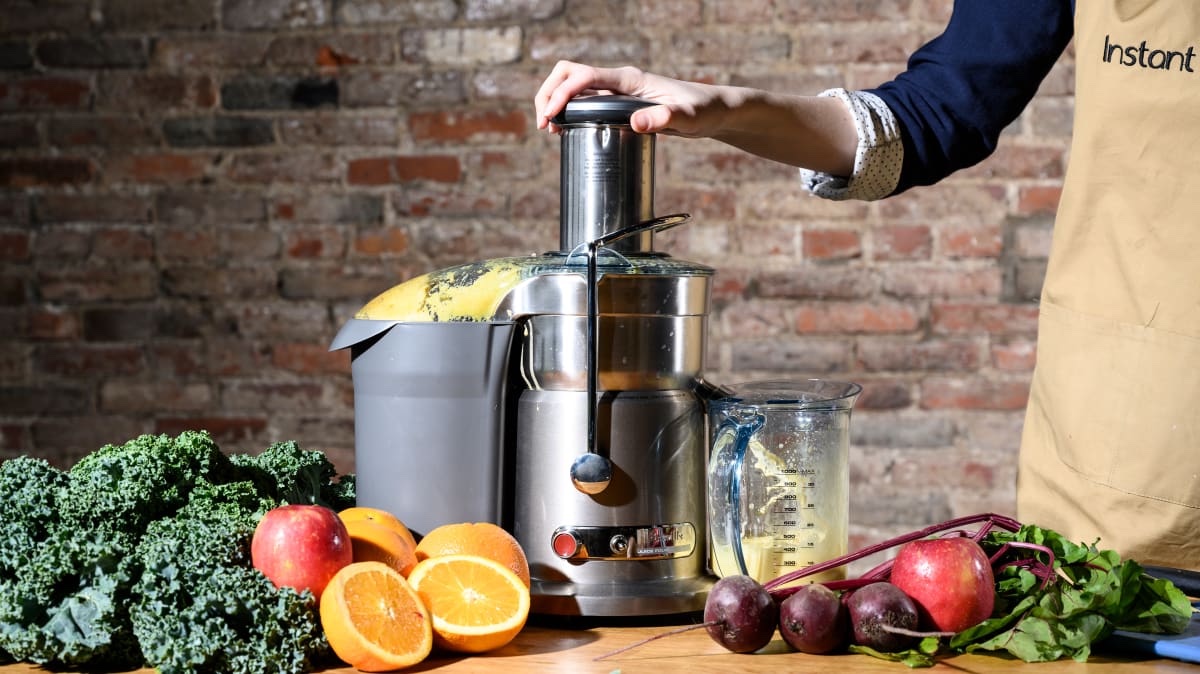
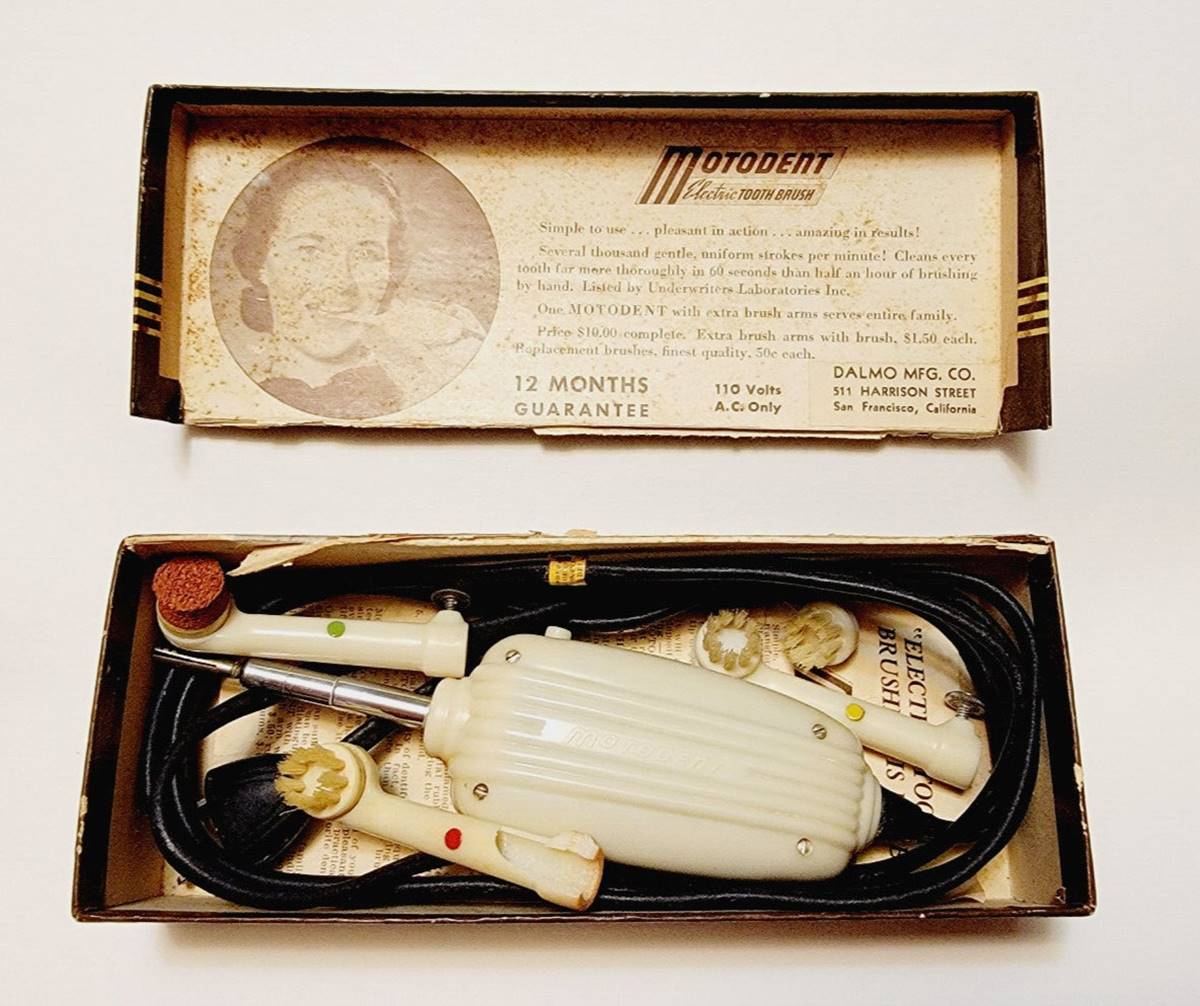

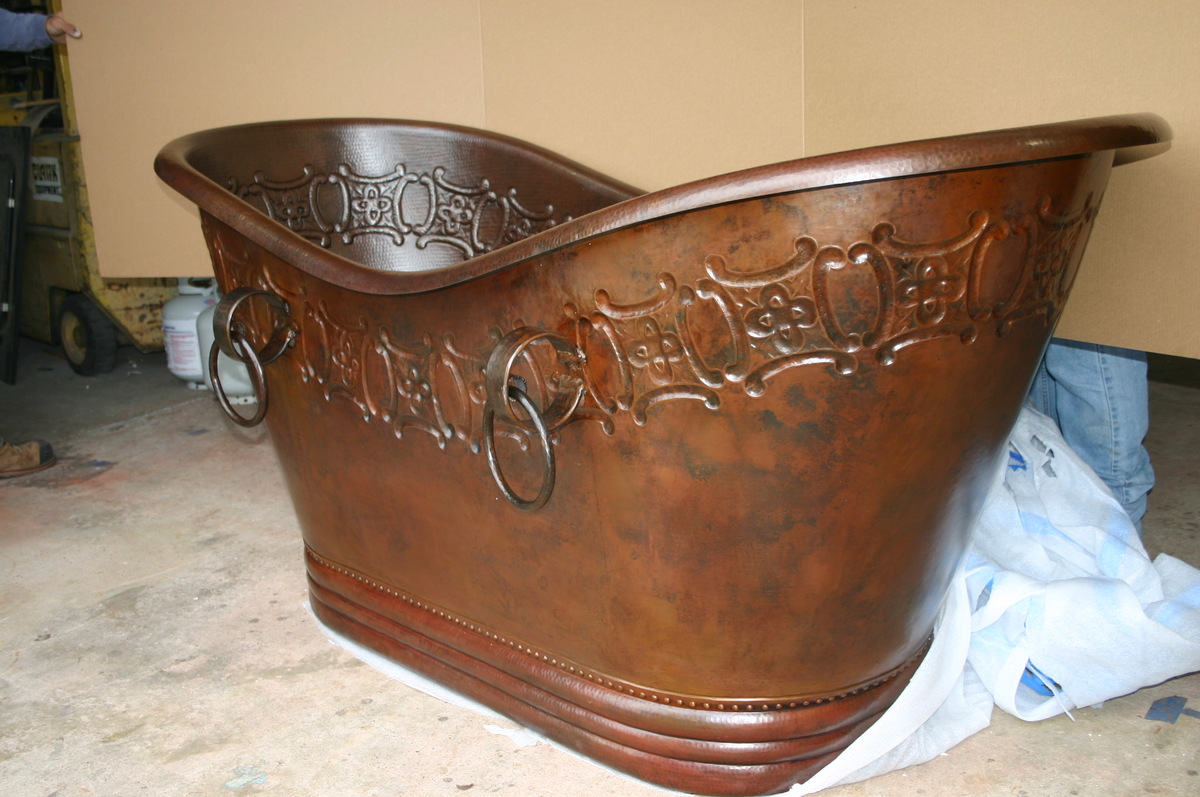
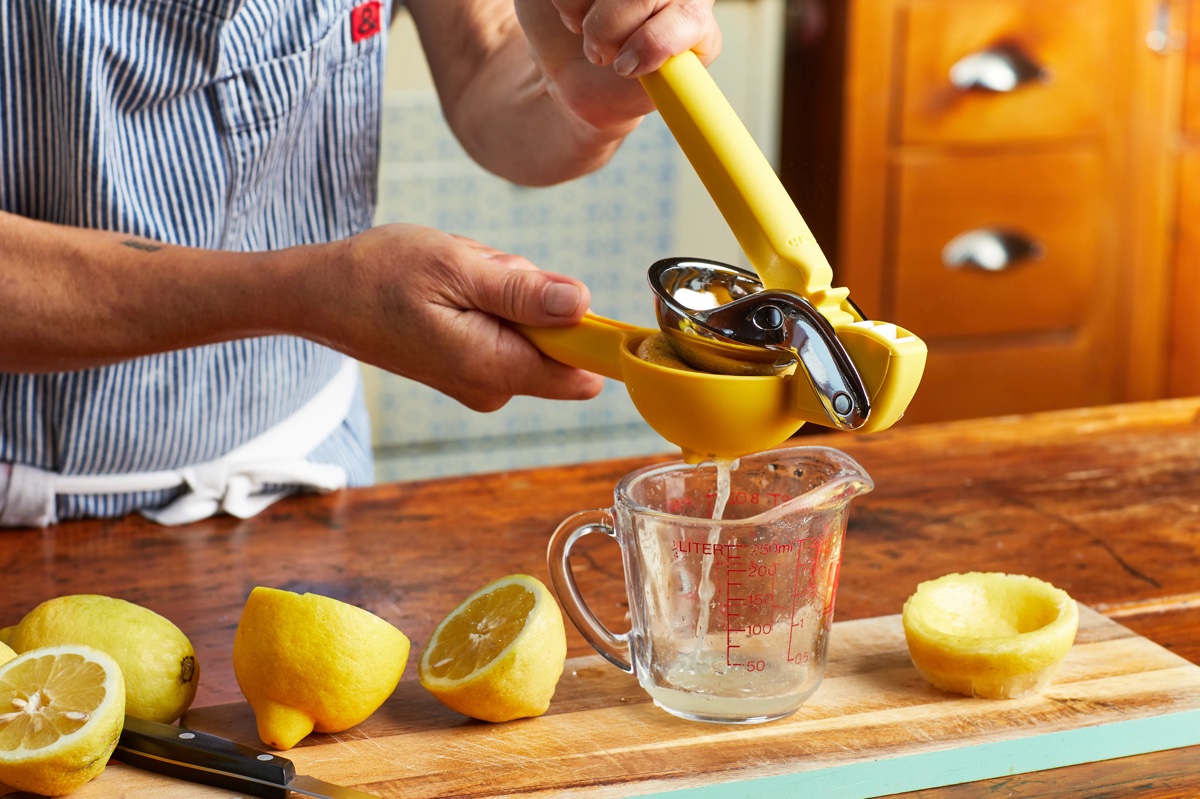
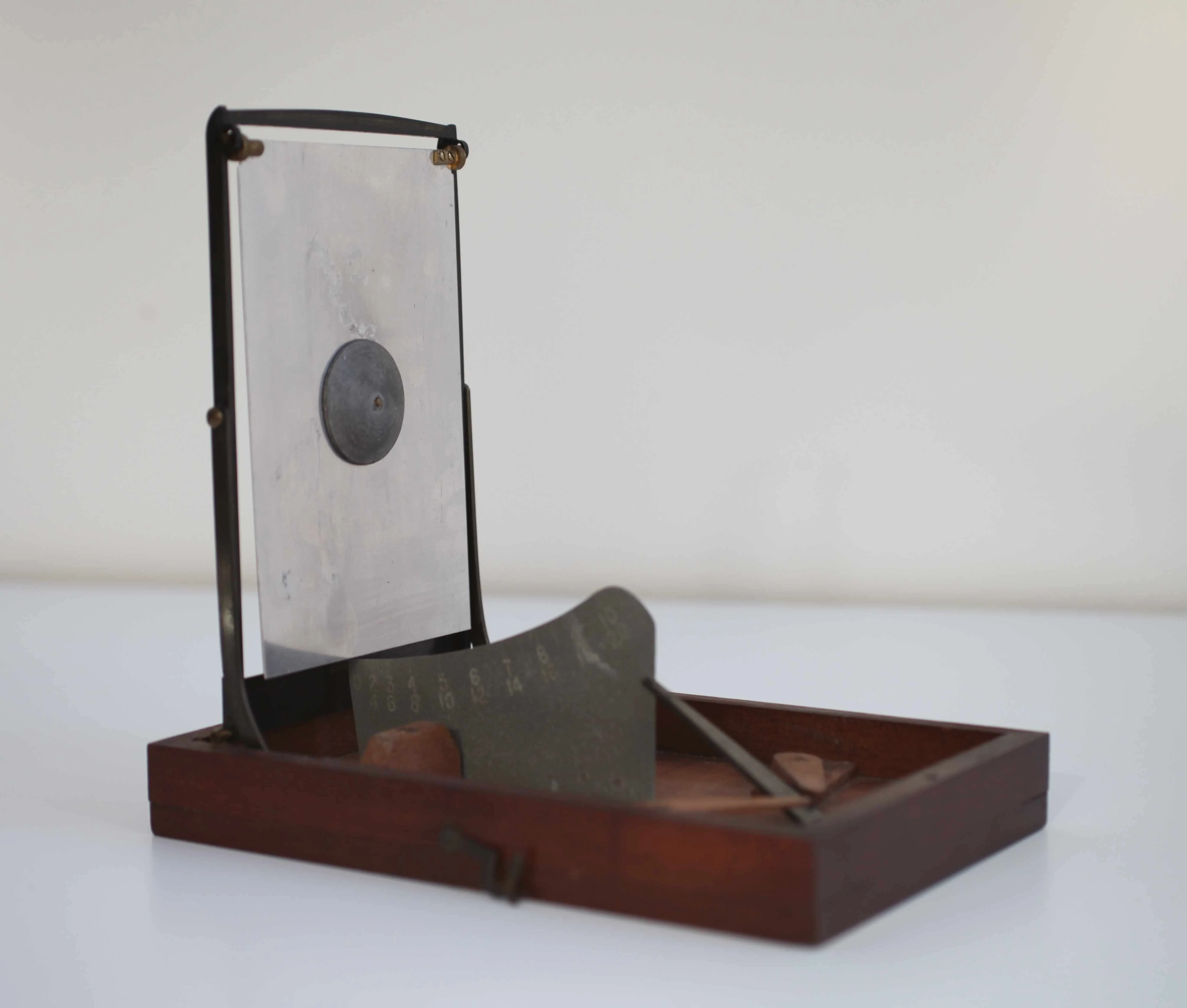



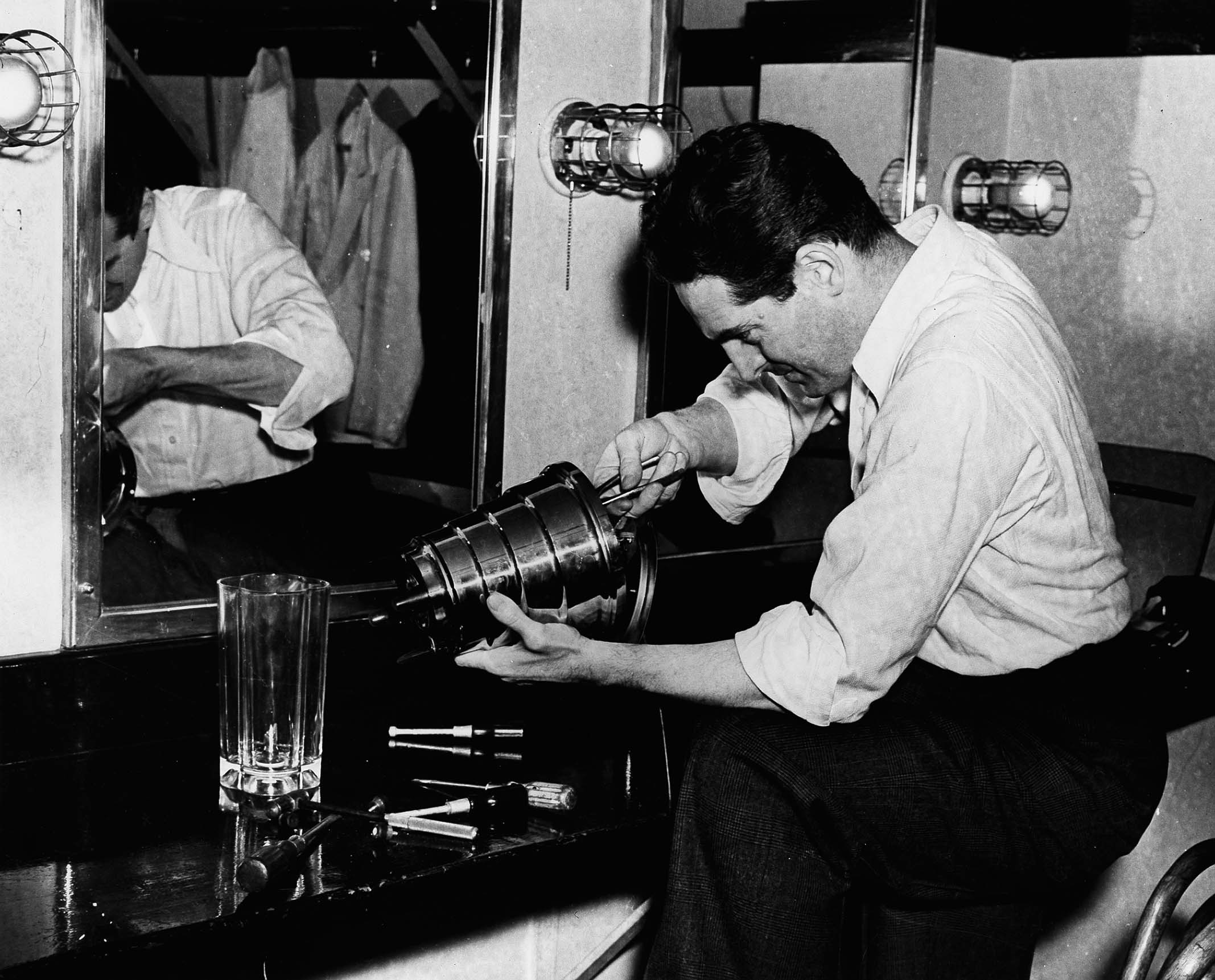




0 thoughts on “When Was The First Citrus Juicer Invented?”